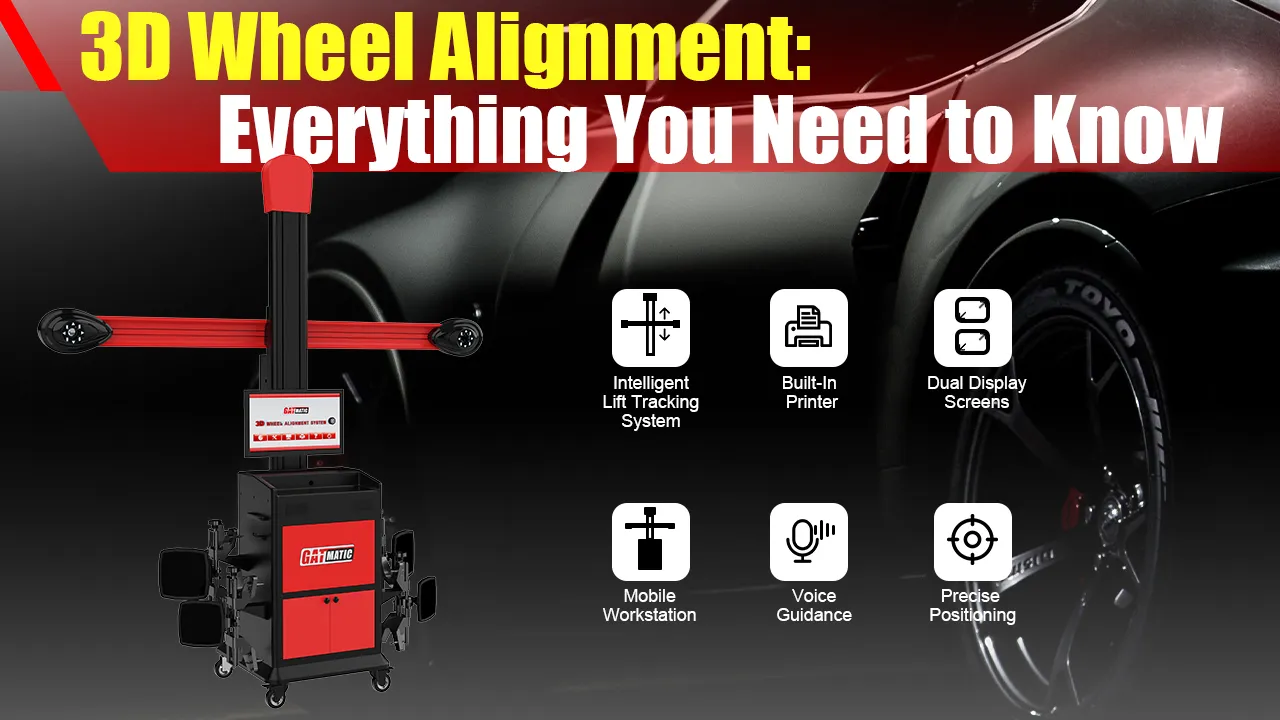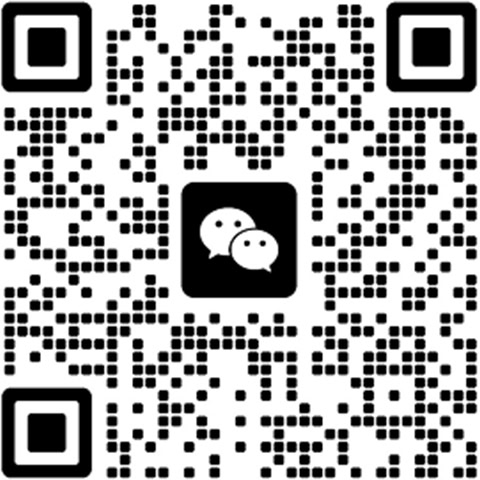3D Automobile Wheel Alignment: Everything You Need to Know
Introduction:
Automobile wheel alignment is more than just a technical necessity; it’s a critical part of vehicle safety and performance. Proper wheel alignment ensures your vehicle handles well, extends tire life, and drives safely. Understanding wheel alignment starts with understanding its impact on everyday driving. From improving fuel efficiency to ensuring your vehicle remains stable at highway speeds, wheel alignment plays a vital role.
In this article, we’ll take a deep dive into all aspects of wheel alignment, the role it plays on vehicle handling and tire wear, and why it can’t be ignored. We’ll discuss key angles including camber, toe, and caster and the effect they have on the way your vehicle interacts with the road. This information will help keep your vehicle performing at its best, keep you safe on the road, and save you money in a long trip.
What is the Automobile Wheel Alignment?
Wheel alignment, often referred to simply as “alignment,” is a critical part of vehicle maintenance that ensures the wheels are at optimal angles for a smooth, safe ride. This process involves adjusting the angles of the wheels so they are properly aligned with each other and the road.
A proper wheel alignment is when the wheels are brought into harmony, providing a precise, responsive ride. A well-tuned car not only saves money on tires, it also makes your driving experience safer and more enjoyable. Technicians use sophisticated tools to accurately measure and set these angles according to the manufacturer’s specifications.
Wheel alignment involves three main settings that affect how the tire interacts with the road, each of which affects the overall driving dynamics of the vehicle:
Camber
Camber refers to the angle of the tire relative to the road surface when viewed from the front of the vehicle. Tires that lean toward the vehicle have negative camber, while those that lean outward have positive camber.
Proper camber setting ensures that the tire tread is as flat as possible when turning, thereby maximizing grip and reducing wear. Negative camber can improve handling when cornering, but too much camber will cause the inside of the tire to wear quickly.
Toe
Toe refers to the direction the tire points relative to what is straight ahead when viewed from above. If the front of the tire points inward, it’s called toe-in; if they point outward, it’s toe-out.
Toe affects the directional control and wear pattern of the tire. Proper toe alignment helps ensure a straight ride and even tire wear. Incorrect toe setting can result in a “sawtooth” wear pattern and can cause the vehicle to pull to one side.
Caster
Caster angle is the tilt of the steering axis when viewed from the side of the vehicle. A positive caster angle means the steering axis tilts toward the driver, while a negative caster angle means the steering axis tilts in front of the vehicle.
Caster affects steering effort, stability at high speeds, and cornering efficiency. It doesn’t usually affect tire wear as directly as camber and toe, but it is critical to balancing steering ease and highway stability.
Importance of Automobile Wheel Alignment
Understanding the importance of automobile wheel alignment is essential to maintaining vehicle performance and safety. Incorrect wheel alignment is not only costly but also dangerous.
Let’s take a closer look at the potential issues and the benefits of maintaining proper alignment:
- Premature tire wear: Misalignment can cause uneven tire wear, requiring premature tire replacement. Not only does this increase your maintenance costs, it can also compromise your vehicle’s grip and safety on the road. Proper alignment ensures even tire wear, maximizing tire life and optimizing the value of your investment in quality tires.
- Increased replacement costs: Uneven and premature tire wear can quickly add up in replacement costs. Additionally, improper alignment can put stress on other vehicle components, such as the suspension and steering system, which can lead to further repairs and associated expenses.
- Compromised vehicle safety: Poor vehicle alignment can cause the vehicle to pull to one side, which is particularly dangerous on wet or icy roads. This pull can impair the driver’s control of the vehicle, increasing the risk of an accident.
- Reduced fuel efficiency: Misaligned wheels can also lead to increased rolling resistance, which means your vehicle’s engine has to work harder to move forward, consuming more fuel. Proper wheel alignment helps maintain optimal fuel efficiency, saving you money at the pump, and reducing your impact on the environment.
By regularly checking and correcting your wheel alignment, you can ensure your vehicle remains safe, efficient, and keep maintenance costs down. This tire care is more than just a maintenance task; it’s an important investment in the life and performance of your vehicle. Ensuring your wheels are properly aligned keeps your vehicle running smoothly and efficiently, improving your driving experience while also keeping you and others on the road safe.
The Process of Alignment Using a 3D Wheel Aligner
Wheel alignment accuracy is essential to ensure optimal vehicle performance, safety and efficiency. Achieving this level of precision requires highly skilled technicians and advanced 3D wheel alignment technology.
During a regular wheel alignment service, technicians use wheel alignment equipment to take precise measurements. GATmatic’s 3D wheel aligner machines, known for their innovative features such as advanced imaging and 3D technology, play a key role in these settings, increasing the accuracy and efficiency of the alignment process, which is a must-have attribute for modern vehicle maintenance.
Initial Vehicle Inspection
The vehicle alignment process begins with a thorough inspection of the vehicle’s suspension system and the current state of the alignment. The technician will check for any signs of wear or damage that could affect the alignment, such as worn steering components or damaged tires. This step is crucial because it helps identify any potential issues that may need to be addressed before proceeding with the alignment.
Adjustment of Camber, Toe and Caster Angles
Once the adjustment is complete, the technician will once again use the wheel alignment tool to verify that all settings are within the vehicle manufacturer’s specifications. This step ensures that the adjustment is accurate and that each wheel is properly aligned relative to the vehicle’s centerline.
The final step in the calibration process is a road test. This allows the technician to confirm that the vehicle handles well and that the calibration has restored vehicle performance to optimal levels. Any unusual handling or steering behavior found during testing may require further adjustment.
By being alert to the signs of wheel misalignment, you can avoid further trouble and ensure your vehicle maintains optimal performance. Here are some common symptoms to watch out for:
- Vehicle pulls or has trouble staying straight: One of the most obvious signs that your vehicle is out of alignment is when it drifts or veers to one side when driving on a straight road. This may require constant adjustments to the steering wheel to keep the vehicle going straight, indicating that it is time to check the alignment of the vehicle.
- Uneven tire wear: Misaligned wheels often lead to uneven tire wear. If you notice premature or uneven tire wear, especially on the inside or outside, this is a clear sign that your vehicle needs an alignment adjustment.
- Steering wheel vibration or off-center steering: A vibrating or shaking steering wheel (especially at higher speeds) or a steering wheel that remains at an angle when driving in a straight line may also indicate a calibration problem.
When to Schedule a Car Wheel Alignment?
If you notice any of the above symptoms, it is recommended to schedule a wheel alignment to prevent further damage to your vehicle. Including a wheel alignment check in your regular vehicle maintenance schedule can help detect problems early. It is generally recommended to have a wheel alignment check every six months or every 6,000 to 10,000 miles, whichever comes first.
Also, always have your wheels aligned after any major impact, such as hitting a curb or being involved in an accident, and whenever you install new tires. These situations can affect your vehicle’s alignment. Regular inspections ensure your vehicle stays in top condition, giving you a safer, smoother ride.
3D wheel alignment machines are becoming the preferred choice for many modern auto repair shops due to their accuracy, speed, and versatility. Here are some key reasons why you should consider using a 3D wheel alignment system in your workshop:
- High Precision and Accuracy: 3D wheel alignment use advanced imaging technology to provide incredibly accurate measurements of wheel angles. With multiple cameras and sensors working in tandem, they can detect even the slightest misalignment, which ensures better results for your customers’ vehicles.
- Faster Turnaround Time: Traditional alignment machines can take longer due to manual adjustments and calibration processes. With a 3D wheel alignment system, measurements are instantly captured, reducing the overall service time. This speed helps improve shop efficiency and allows you to serve more customers, ultimately boosting your business’s profitability.
- Real-Time Data and Diagnostics: 3D wheel aligners provide real-time data, allowing technicians to make adjustments on the fly. The ability to see live data helps technicians diagnose issues quickly and accurately, which is particularly beneficial for complex alignments on vehicles with multiple adjustments.
- Wide Vehicle Compatibility: 3D wheel alignment machines are highly adaptable and can handle a wide range of vehicles, from passenger cars to heavy-duty trucks. This makes them an excellent investment if your workshop services various vehicle types.
- Enhanced Customer Confidence: The high level of accuracy and speed that comes with 3D wheel alignment technology builds trust with your customers. They’ll appreciate the reliable results and quick turnaround, which can lead to repeat business and referrals.
Using a 3D wheel alignment machine elevates the quality of your service and improves the overall experience for your customers. If you’re looking to stay competitive and provide top-notch vehicle alignment, investing in a 3D system from GATmatic is a smart move.
Automobile wheel alignment is essential to ensure your vehicle runs safely and efficiently. Regular wheel alignment checks can prevent premature tire wear, increase fuel efficiency, improve handling, and make every drive smoother and safer. This maintenance is more than just adjusting the angles, it optimizes the overall performance of the vehicle and extends the life of the tires.
Neglecting proper wheel alignment can lead to increased maintenance costs and compromise safety. With regular wheel alignment services, you can protect your investment while creating safer roads for everyone.
Describe Your Needs In Detail!
We will carefully evaluate your needs and give professional solutions.



